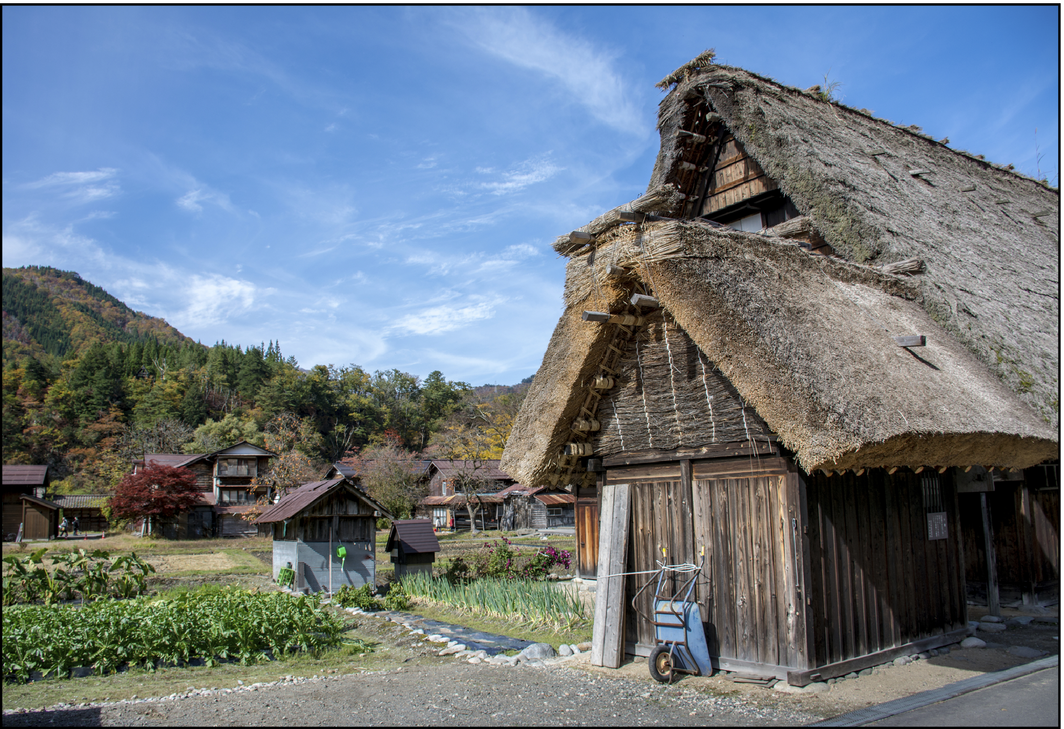Latest benchmark on environmental justice
This post contributed by Nadine Lymn, ESA Director of Public Affairs Among its many responsibilities, the U.S. Environmental Protection Agency (EPA) is charged with implementing Plan EJ, issued by Executive Order twenty years ago by then-President Clinton to advance environmental justice through federal actions. According to EPA’s website, Plan EJ 2014 aims to “protect health in communities over-burdened by pollution;…

